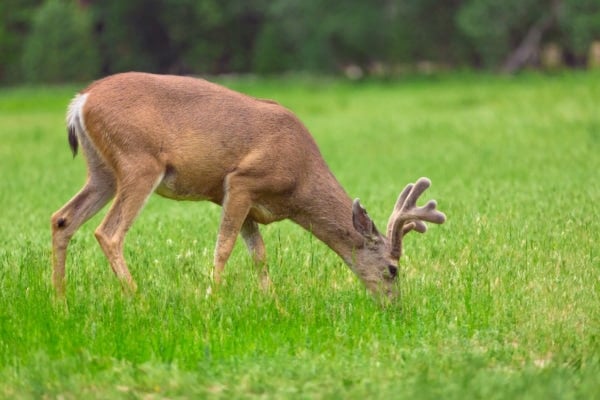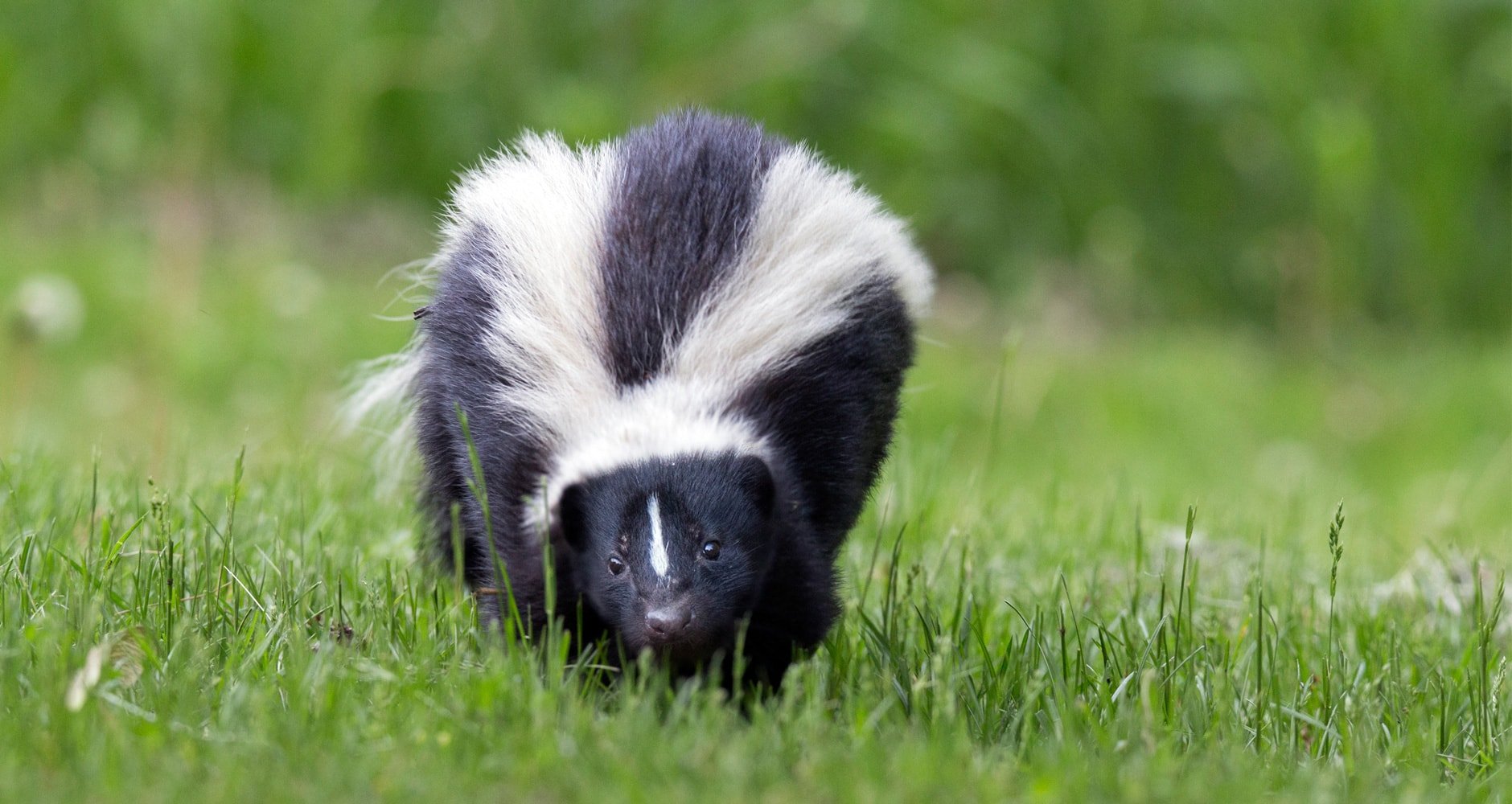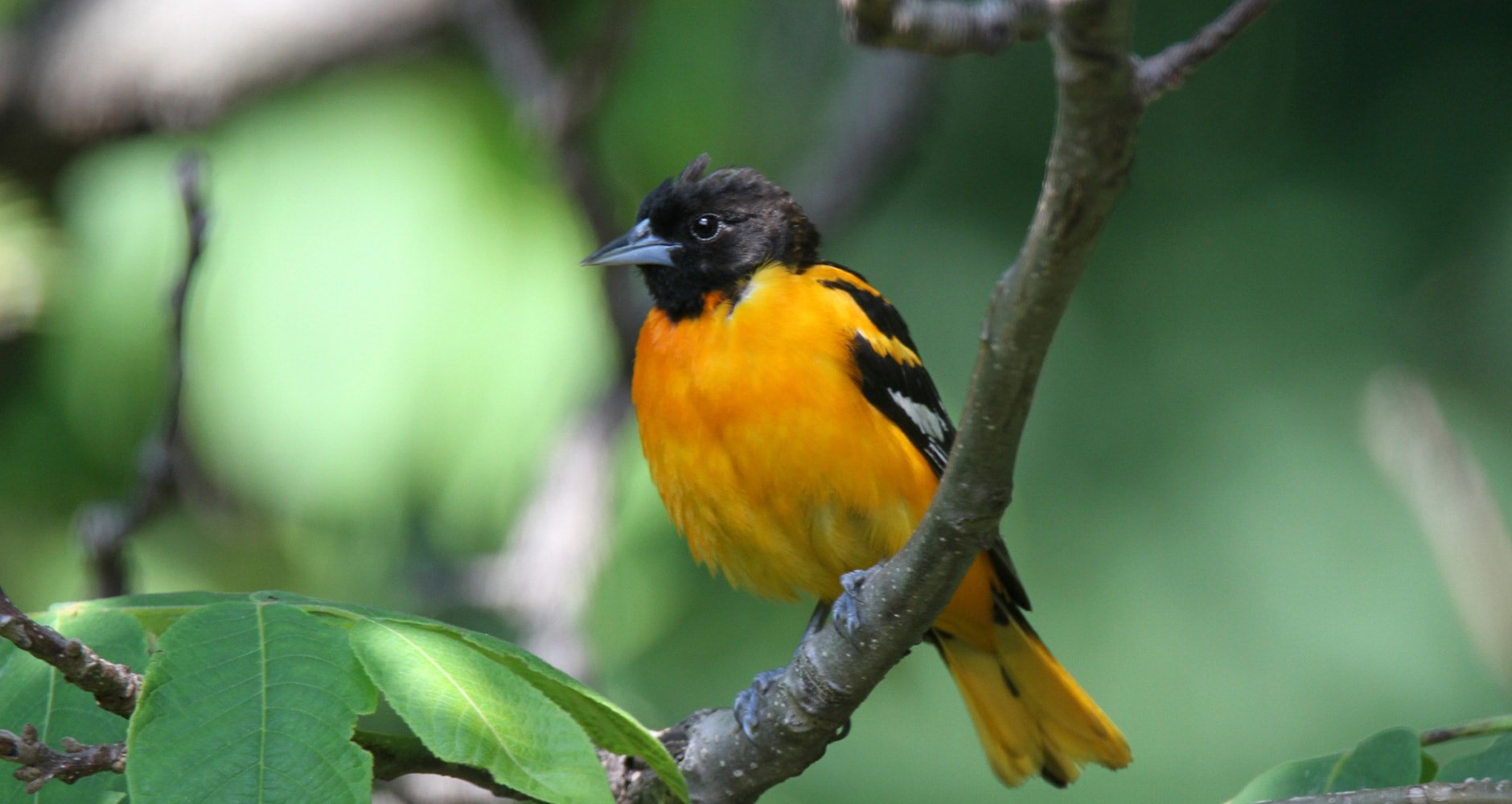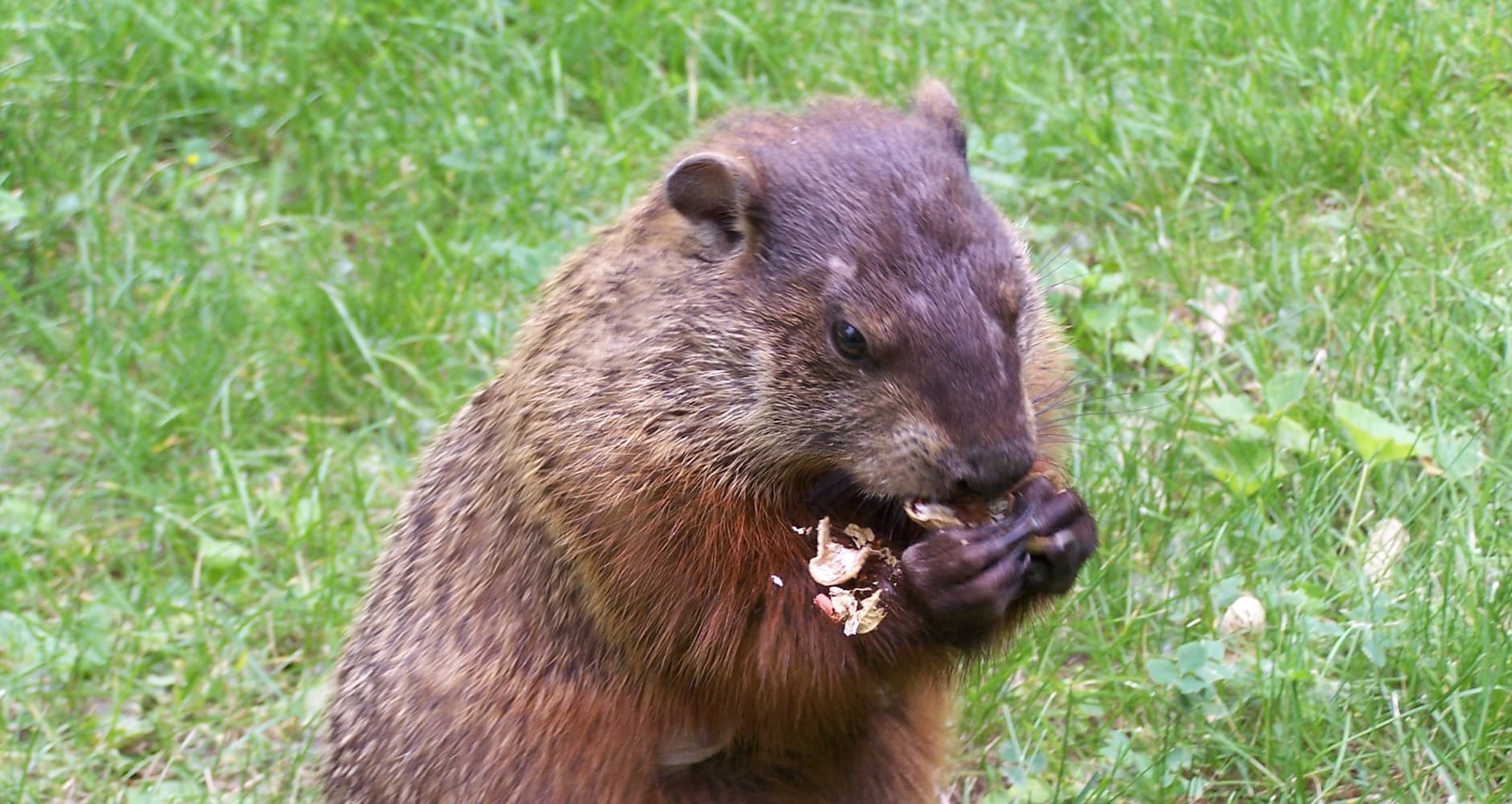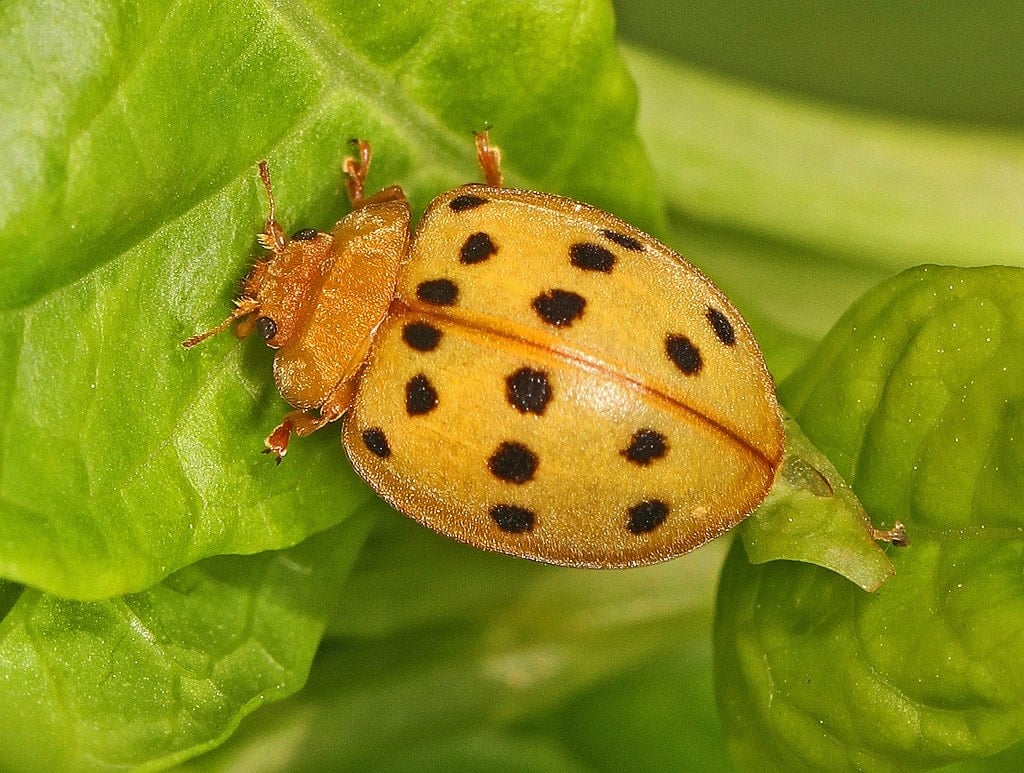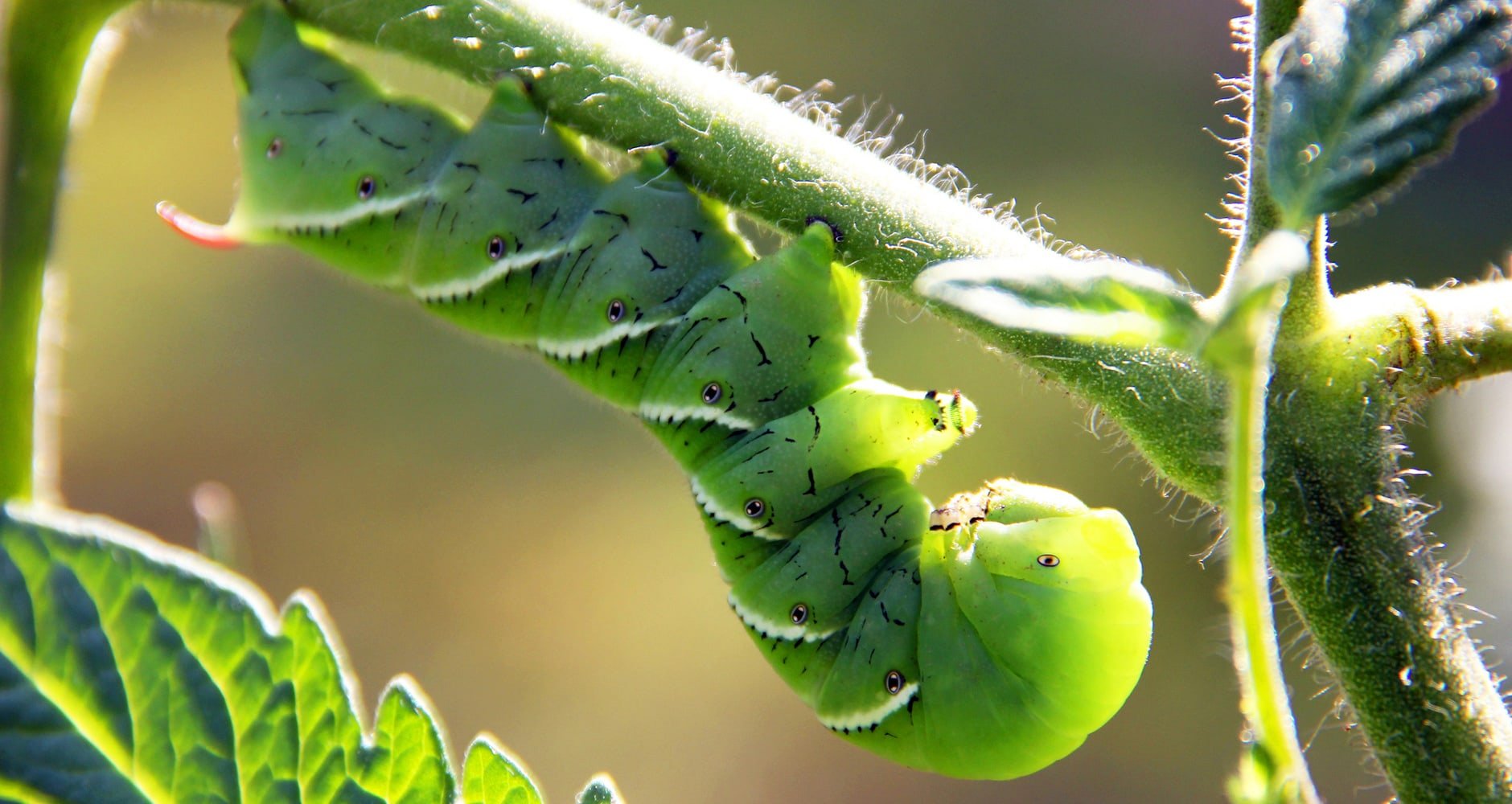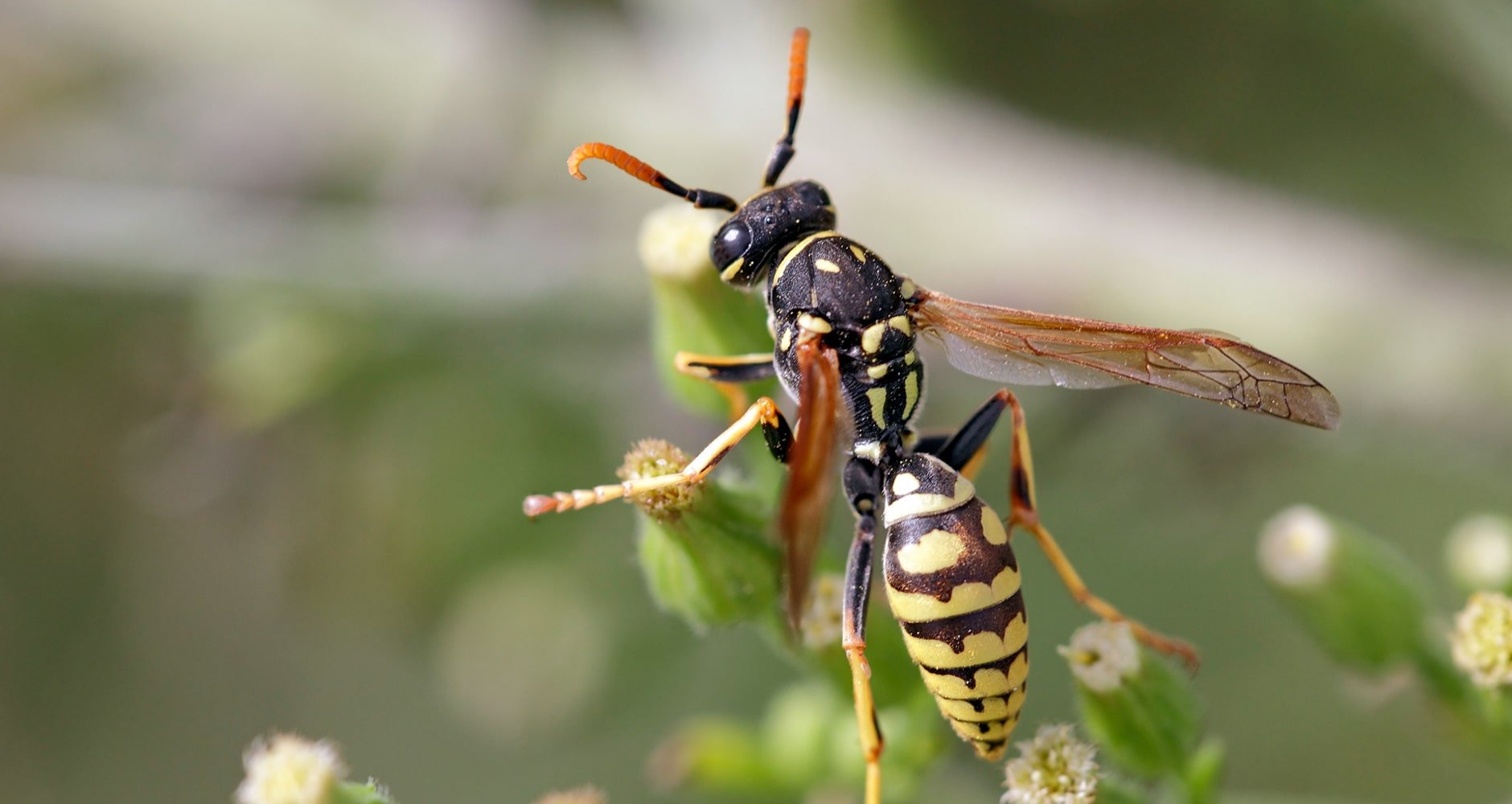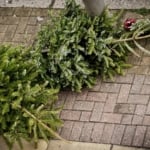Keep These Pests Out of Your Garden Naturally
You work hard on your garden so the last thing you want is wildlife destroying your bounty. What’s a nature-loving gardener to do? Here’s how to fight back against garden pests—of all types—without resorting to harsh tactics or chemicals.
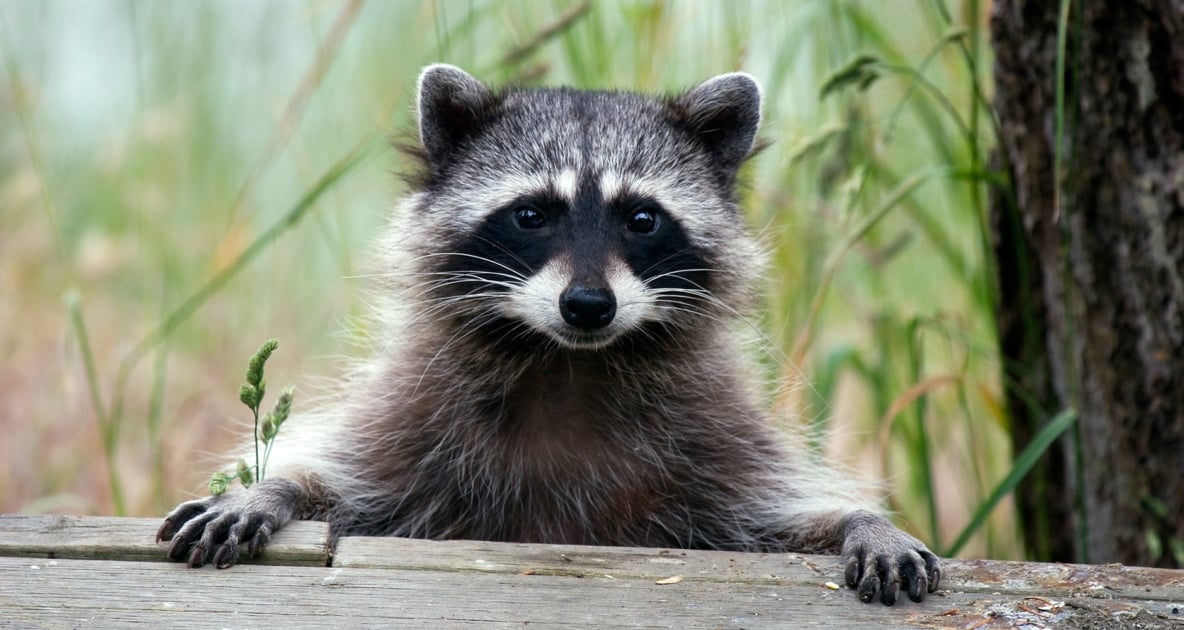
You work hard each season to get your garden lush with fresh, nutritious produce. But it never fails—you head out to weed in the morning and discover everything is gone. All that’s left are half-eaten tomatoes, lettuces nibbled down to the core, and raspberries plucked clean … obviously the work of hungry critters who probably thought they struck gold. So what’s a nature-loving gardener to do when rabbits, groundhogs, moles, and other furry mammals and insects destroy your bounty? Here’s how to fight back without resorting to harsh tactics or chemicals.
Animal Pests
Deer: Deer are graceful, endearing, and destructive. They are browsers that strip leaves and buds from trees, vines, and roses. Covering fruit bushes, vines, and young trees with simple nylon netting will discourage browsing. The netting should be lifted slightly once a week to keep branches and vines from growing through it. Hanging balls of human hair or soap will often repel deer from individual plants. To protect larger plantings, you can use a homemade or commercial spray of capsaicin, the “hot” ingredient in peppers. Garlic sprays and fish emulsions also deter deer, but many sprays need to be reapplied after waterings or rains.
Rabbits: Eastern cottontails can quickly decimate a vegetable garden, sometimes in a single night. But there are many things you can do to deter them. Cottontails will avoid areas with unpleasant odors. Coyote urine, soapy water, vinegar, and cayenne pepper are all deterrents, but need to be applied frequently, as rabbits eventually become used to the smell and taste. You can also protect individual plants or rows with cages, or mesh. Physical barriers are the most effective solution to keeping cottontails from destroying your crops. Another strategy which is highly effective, is placing fake snakes in the garden. They work like a charm! You can also plant vegetables and herbs that rabbits find unpleasant, such as rhubarb, tomatoes, garlic, hot peppers, basil, mint, and catnip.
Nocturnal Raiders: Raccoons, opossums, and skunks sure appreciate those ripe tomatoes, summer squash, plums, and berries for their midnight feasts. A fence is the best protection against such uninvited guests, as these omnivorous feeders are easily discouraged and will wander off in search of other foods. You can use netting to protect individual trees or garden rows, but you must be sure to fasten the netting to the trunk or the ground, so the hungry invaders cannot crawl underneath. Capsaicin sprays will also discourage them. You will need to wash vegetables thoroughly when harvesting. Other good tips to remember are to not leave pet food outside overnight, to clean up picnic debris before heading inside, and to cover garbage tightly, to discourage foraging.
Birds
Blackbirds, starlings, blue jays, and other fruit-eating birds can strip an entire dwarf plum tree or row of raspberry bushes in a matter of hours. Birds quickly become accustomed to scarecrow-type deterrents, like foil strips and plastic owls. However, if you use foil strips early in the season, and change deterrents every month throughout the growing season, they do work. Netting can be put over fruiting plants and trees as soon as green fruits begin to soften. You will have to be sure to fasten the netting securely around tree trunks and bushes to prevent birds from hopping up onto the plant from underneath.
Underground Visitors
Moles, also called meadow mice, are bashful creatures that dig shallow tunnels in areas with loose, abundant, ground cover. They gnaw on garden plants, bulbs, vines, and young tree trunks. Weeds and heavy mulch provide them with food and protection, so clear a 4-foot diameter circle around young trees; and mow or cultivate field edges, ditch banks, and other adjacent areas. Moles eat insects and snails, not garden plants, but since they tunnel high in the subsoil they can separate plants from their roots. They seldom cause significant garden damage, except for unsightly dirt mounds in otherwise pristine lawns.
Gophers and groundhogs are a gardener’s nightmare. These cheeky mammals will uproot or pull under full-grown plants. Since they are attracted by the aroma of pungent greens, they head unerringly toward your favorite vegetables and flowers. They also dig deep tunnels, which makes underground barriers impractical, but chain-link fence sunk 12″ deep does deter some. Flooding tunnels discourages burrowers, by making the soil too sticky for digging and causing it to foul their fur. Bulbs, tubers, and ornamental plantings can be protected by fine wire mesh around rootballs. Many burrowers prefer perennial plants, so when planting or replacing perennials, you can dig a bed at least two feet deep and cover the bottom of it with wire mesh before planting. See these other natural tactics to repel groundhogs.
Insect Pests
Many different insects attack vegetable plants and flowers. Identification is important, because some insects, like ladybugs, are beneficial. The well-known red ladybug does not eat any vegetation, but protects plants from aphids by consuming up to 75 of them a day. There are ladybug impostors, such as the Asian Lady Beetles, that can do a lot of damage.
Slugs and Snails: Nearly every gardener has experienced the disappointment of watching curling sprouts emerge from the ground, only to see them disappear overnight beneath trails of sparkling slime. Hand picking slugs and snails is an effective natural control, but it must be done early in the morning. As the sun rises, they retreat to hidey-holes under cool debris, and can be impossible to find. When hand picked, they can be dropped into a bucket of brine or salt. Saucers of beer are also very effective traps; or bury a cup of beer in the dirt and fill with a cup of stale beer. Slugs fall in and don’t come out. Copper strips also work — they cause a slight electrical charge which deters slugs and snails from crossing the strips. Copper wire from a hobby supply shop is less expensive than the strips sold at gardening centers, and performs just as well. You must be careful to keep the copper barriers away from plant stems.
Mexican bean beetles look like copper ladybugs and feed on bean leaves, pods and stems, causing severe damage to all varieties of bean crops. One method that has been used since 1841, and is still effective today, is to cover a row of plants with a light fabric like cheesecloth or spun, bonded polyester fabric, that admits light and water, but keeps insects out. Get rid of overwintering sites by eliminating weeds and burning crop residues in the fall and winter. Robert Hayes, a landscaper and horticulturist in Paso Robles, California, recommends using a pyrethrum-based spray. Pyrethrum is a natural insecticide made from the dried flower heads of old-fashioned chrysanthemums, and will not harm bees or pets.
Tomato hornworms are large (3-4″), pale green caterpillars that strip tomato, eggplant, pepper, and potato plants of new leaves and flower buds. Cabbage loopers are very common and feed on cabbage, cauliflower and broccoli. Hand picking is the most effective way to get immediate relief from these pests. To rid a garden of repeated infestations, you can use Bacillus Thuringiensis, a bacterium parasite.
Yellow jackets: In late summer, yellow jackets swarm around gardens and homes. Worker yellow jackets no longer need to feed a nest’s larvae in late summer, so they wander, searching for ripe, fallen backyard fruit, beer, soft drinks and meat. In addition to having painful stings, yellow jackets are sometimes responsible for transmitting an anaerobic bacteria that can cause blood poisoning. Fruit should be picked as it ripens, and all buckets or containers used for picking fruit kept washed. Trash cans must be tightly covered, and meat, eggshells, and cheese kept out of compost bins. Pet food must not be left outside. A good rule to follow is to feed pets in the cool hours of the morning and evening, and keep the pet dishes clean and rinsed during the heat.
-Contributed by Farmers’ Almanac Freelancer, Mary Baker
This article was published by the Staff at FarmersAlmanac.com. Any questions? Contact us at [email protected].

